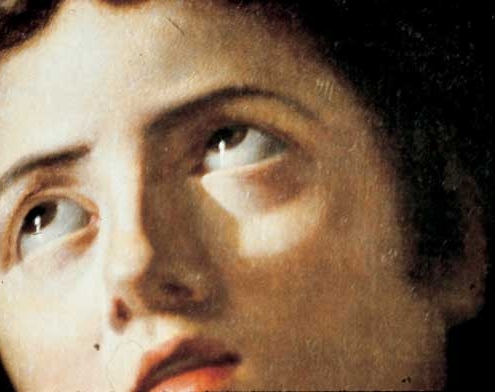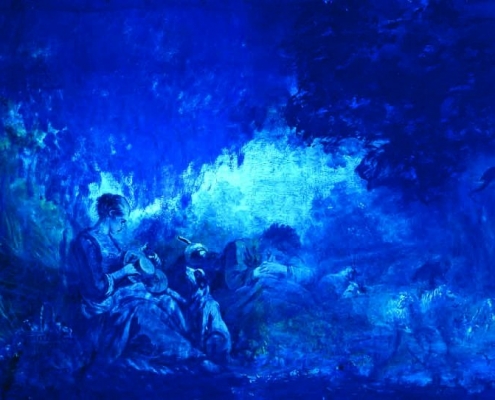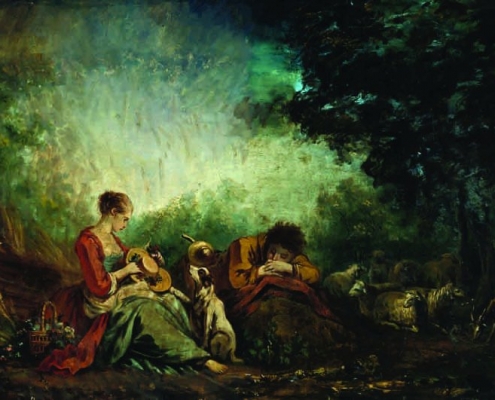History: Company created in 1979
I.A.C.C is the first scientific laboratory of works of art in the private field of the french art market.
Restoration and analysis of artworks, training, and acquisition of great painters’ masterpieces at Paris art sales.
See our video presentation below
The Institute of Art Conservation and Colour was established in 1979 to respond to the demand for conserving endangered paintings using a comprehensive approach to the visual image and all that lies beneath.
Art restoration concerns all kinds of paintings, whether on canvas, wood, paper, lapis lazuli, metal, stone, alabaster or other. Over the centuries these different media have been subject to pictorial modifications involving bonds, rich or poor preparations, drawings, colour, and sometimes repainting and varnish. All of these techniques have their weaknesses. So, in addition to the damage caused to paintings through accidents, premature craquelure, age craquelure and transformations, many have also been subject to excessive interventions.
Painting restoration is a métier d’art, often contributing to the preservation of artistic heritage as pursued by collectors, art galleries, and experts– curators, art historians and museums.
For conserving and restoring artworks, our institute is equipped with a scientific laboratory which enables us to gain an in-depth knowledge of the work and to respect it in its condition, to preserve it as well as possible, without transforming or disfiguring the work. ‘Reversibility’ is the key word.
To ensure that any intervention is minimal, and not destructive, our retouching technique is based on the principle of visual trivariance. This means that the retouching technique uses the eye’s perception of colour, which finds the colour to be recreated either through juxtaposition or superimposition, directly on the surface, without ever needing to create an opaque and muddy mix on the pallet.
Through the use of various scientific methods, we can gain a greater understanding of the materials and their development. Microchemical analysis and the analysis of pigments and binders gives us insight into the techniques, the materials of the time and often uncovers many surprises along the way.
Our approach to understanding a work of art makes use of all types of scientific photography, including infrared reflectography, raking or grazing light photography, sodium light photography, ultraviolet, infrared and false colour photography. X-ray, of course, also lays the work bare.
We have now expanded our areas of work to include professional training.




